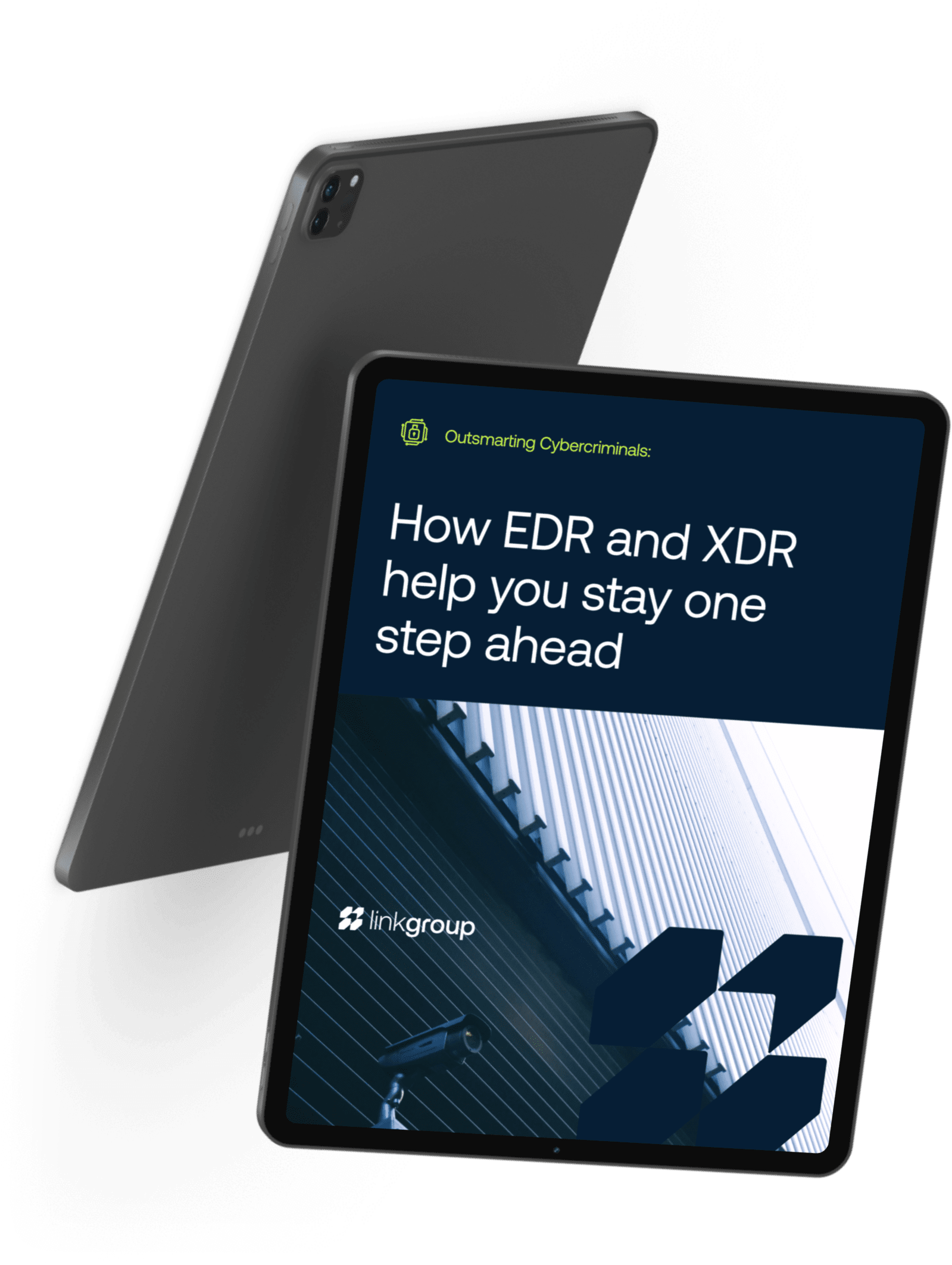

Outsmarting Cybercriminals
Gain a comprehensive understanding of EDR and XDR technologies

Download this whitepaper to:
- Unleash the full potential of EDR and XDR in your cybersecurity strategy
- Equip your organization with the know-how to prevent evolving cyber threats
- Stay at the forefront of AI and machine learning's transformative impact on cybersecurity

Information protection

Network protection

Desktop & mobile protection
Download whitepaper
Enter your name and email to receive this content
Whitepaper highlights
01.
Understand the differences between EDR and XDR
02.
Learn how EDR and XDR address different types of security threats
03.
Get to know the role of machine learning and AI in EDR and XDR






